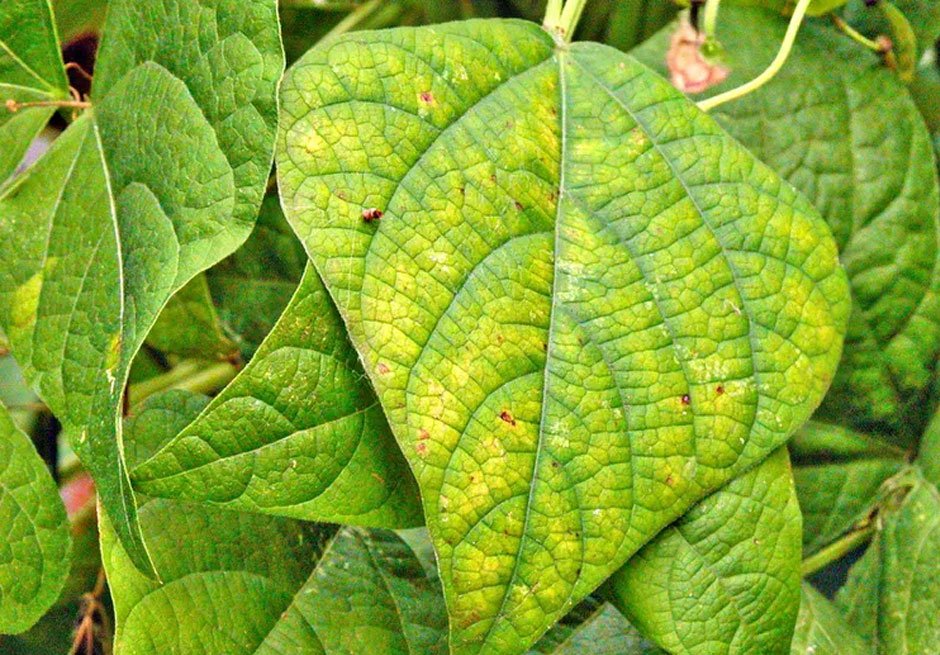Plants need a variety of nutrients to stay healthy, and sometimes a plant can suffer from a nutrient deficiency or overload, causing discoloration or distortion of leaves and stems. In this article, we’ll explore how to identify nutrient deficiencies and what you can do to fix them.
Signs of Nutrient Deficiencies
Not all plant problems are caused by insects or diseases. If you notice your plant is unhealthy, it might be suffering from a nutrient deficiency. Symptoms of plant nutrient deficiencies include:
- Foliage discoloration
- Stunted growth
- Leaf distortion
However, these symptoms can be caused by a variety of problems, making it difficult to diagnose the exact issue. Before you start adding supplements, make sure to eliminate other possible causes, such as insects or diseases, soil quality, extreme weather conditions, or over-fertilization.
If you’re unsure what’s causing the problem, consider bringing a sample of the ailing plant to your local cooperative extension service for a definitive diagnosis.
Essential Nutrients for Plants
Plants require a mix of nutrients to stay healthy. Nutrients that are needed in relatively large amounts are called macronutrients, which include:
- Nitrogen
- Potassium
- Phosphorus
- Calcium
- Sulfur
- Magnesium
There are also micronutrients that are required for plant growth, but in much smaller quantities. These micronutrients include:
- Boron
- Copper
- Iron
- Manganese
- Molybdenum
- Zinc
How Do Plants Receive Nutrients?
All of these nutrients are taken in through the roots, and water is the key component for transferring nutrients from the soil to the plant roots. The appropriate soil pH for the plant being grown is also crucial. If the soil pH is too acidic or alkaline, the plant won’t be able to access the nutrients in the soil.
Macronutrient Deficiency Chart
Below is a chart of macronutrient deficiencies and their symptoms:
| Symptoms | Nutrient | Notes |
|---|---|---|
| New leaves are distorted or hook-shaped. The growing tip may die. | Calcium | Problems usually caused by too much calcium, not a deficiency. Contributes to blossom end rot in tomatoes, tip burn of cabbage and brown/black heart of escarole & celery. |
| Older leaves, generally at the bottom of the plant, will yellow. Remaining foliage is often light green. Stems may also yellow and may become spindly. Growth slows. | Nitrogen | Many forms of nitrogen are water-soluble and wash away. Any compound containing the words “nitrate,” “ammonium,” or “urea.” Also manure. |
| Slow growth and leaves turn pale yellow, sometimes just on the outer edges. New growth may be yellow with dark spots. | Magnesium | Compounds containing the word “magnesium,” such as Epsom Salts. |
| Small leaves that may take on a reddish-purple tint. Leaf tips can look burnt, and older leaves become almost black. Reduced fruit or seed production. | Phosphorus | Dependent on soil pH range. Compounds containing the words “phosphate” or “bone.” Also greensand. |
| New growth turns pale yellow, older growth stays green. Stunts growth. | Sulfur | Compounds containing the word “sulfate.” More prevalent in dry weather. |
Micronutrient Deficiency Chart
Below is a chart of micronutrient deficiencies and their symptoms:
| Symptoms | Nutrient | Notes |
|---|---|---|
| Poor stem and root growth. Terminal (end) buds may die. Witches’ brooms sometimes |



